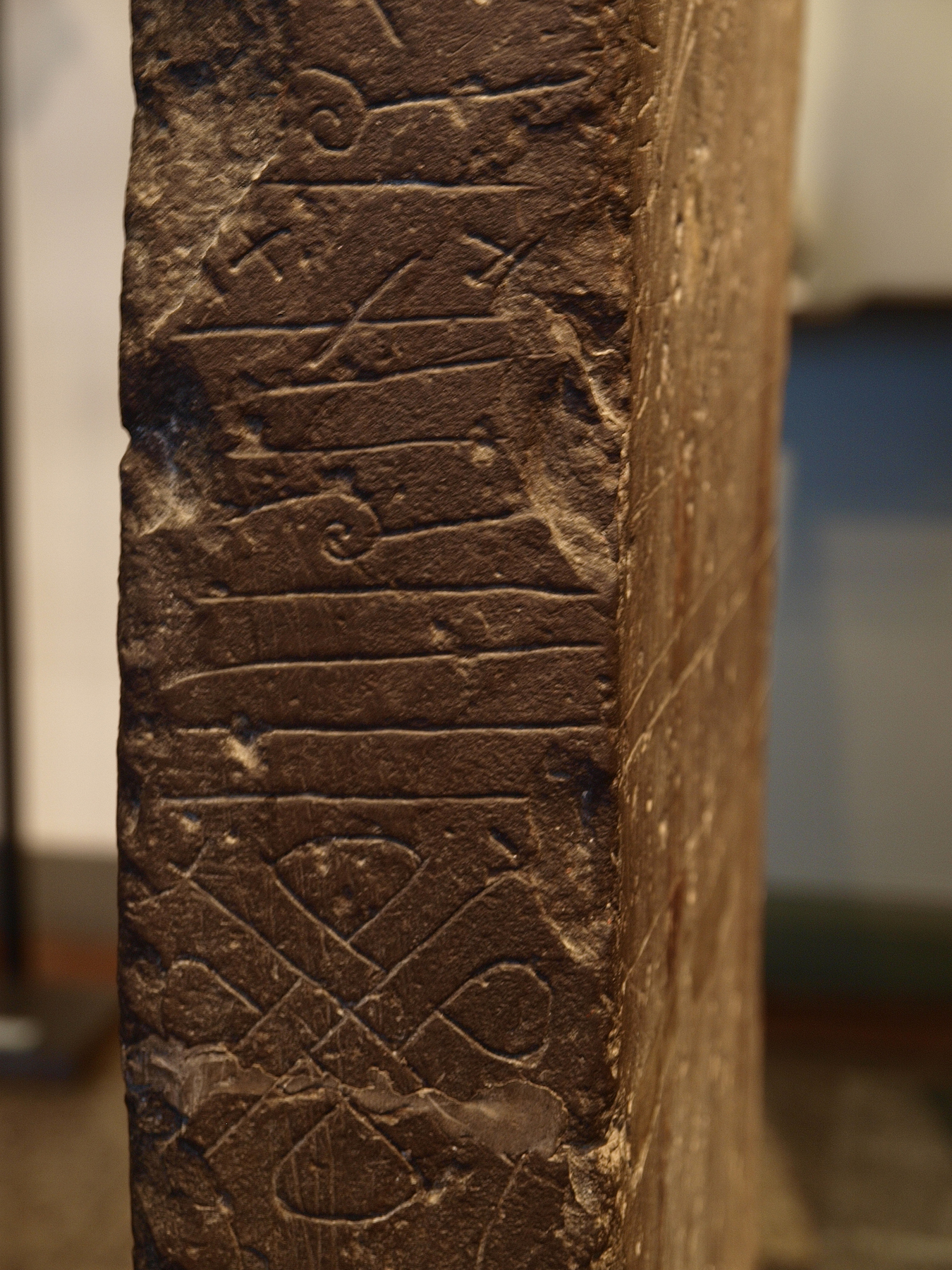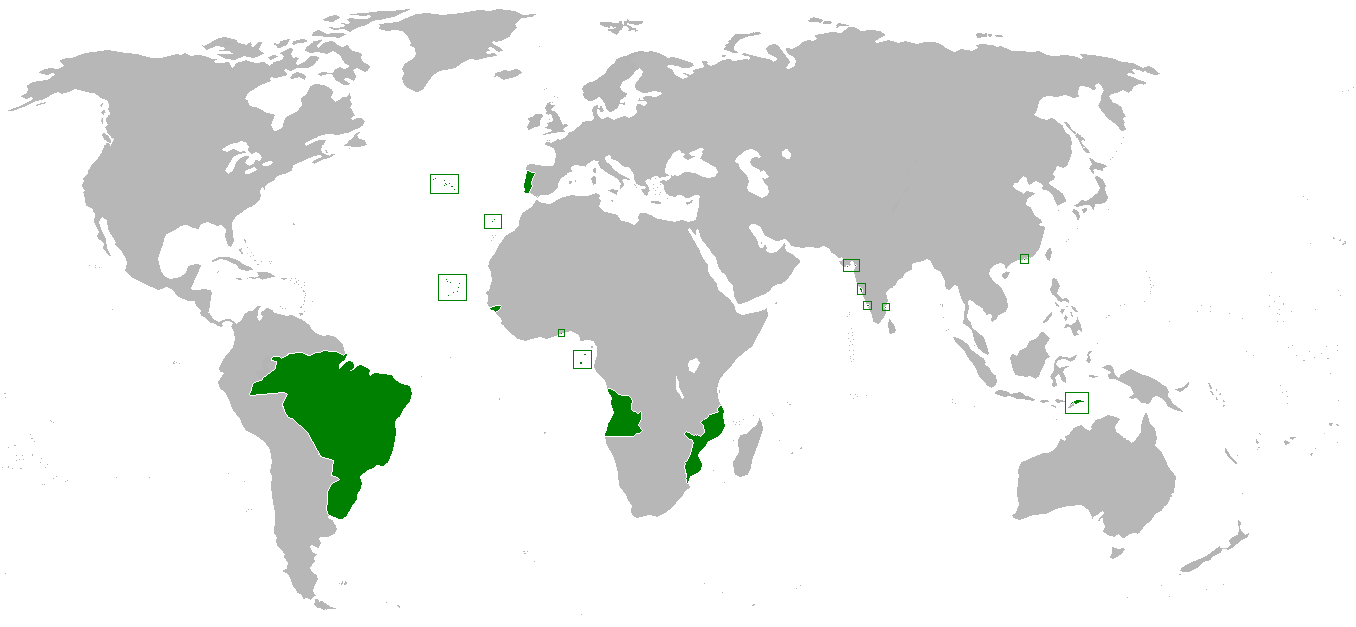|
Raumaríki Akershus
Romerike is a traditional district located north-east of Oslo, in what is today south-eastern Norway. It consists of the Akershus municipalities Lillestrøm, Lørenskog, Nittedal, Rælingen and Aurskog-Høland in the southern end ( Nedre Romerike), and Ullensaker, Gjerdrum, Nannestad, Nes, Eidsvoll and Hurdal in the northern end (Øvre Romerike). Etymology The Old Norse form of the name was ', but the name must be much older (see below). The first element is the genitive plural of ' m ("person from Romerike"); the final element is ' n ("realm"; cf. Ringerike, Rånrike). In the '' Hversu Noregr byggdist'' and in '' Thorsteins saga Víkingssonar'', the name is attributed to the mythical king Raum the Old (''Raumr inn gamli''). According to the latter saga, the members of the family were big and ugly, and because of this big and ugly people were called "great Raumar". The linguistic similarity to Romerriket is entirely coincidental. History The name Romerike may be ... [...More Info...] [...Related Items...] OR: [Wikipedia] [Google] [Baidu] |
Municipalities Of Norway
Municipalities in Norway are the basic unit of local government. Norway is divided into 15 administrative regions, called Counties of Norway, counties. These counties are subdivided into 357 municipality, municipalities (as of 2024). The capital city Oslo is both a county and a municipality. Municipalities are responsible for primary education (through 10th grade), outpatient Health care, health services, old age, senior citizen services, welfare spending, welfare and other Social work, social services, zoning, economic development, and municipal roads and utilities. The municipality is governed by a Municipal council (Norway), municipal council of Direct election, directly elected representatives. The mayor is Indirect election, indirectly elected by a vote of the municipal council. Law enforcement and Church of Norway, church services are provided at a national level in Norway. Municipalities are undergoing continuous change by dividing, consolidating, and adjusting boundaries. ... [...More Info...] [...Related Items...] OR: [Wikipedia] [Google] [Baidu] |
Nes Municipality
Nes is a municipality in Akershus county, Norway. It is part of the traditional region of Romerike. The administrative centre of the municipality is the village of Årnes. Name The municipality (originally the parish) is named after the old ''Nes'' farm (Old Norse: ''Nes'' which means "headland"), since the first church was built here. The actual ''nes'' is the headland made by the two great rivers Glomma and Vorma, which have their meeting point just south of the farm. Prior to 1889, the name was spelled ''"Næs"''. Coat-of-arms The coat-of-arms is from modern times. They were granted in 1988. The arms show three yellow logs (to represent forestry) on a green background (to symbolize youth and hope). The position of the logs represents the meeting of the rivers Glomma and Vorma, creating the headland of Nes. History The parish of ''Næs'' was established as a municipality of its own on 1 January 1838 (see formannskapsdistrikt). Nes Church Ruins Nes Church ruins ( ... [...More Info...] [...Related Items...] OR: [Wikipedia] [Google] [Baidu] |
The Roman Empire
The Roman Empire ruled the Mediterranean and much of Europe, Western Asia and North Africa. The Romans conquered most of this during the Republic, and it was ruled by emperors following Octavian's assumption of effective sole rule in 27 BC. The western empire collapsed in 476 AD, but the eastern empire lasted until the fall of Constantinople in 1453. By 100 BC, the city of Rome had expanded its rule from the Italian peninsula to most of the Mediterranean and beyond. However, it was severely destabilised by civil wars and political conflicts, which culminated in the victory of Octavian over Mark Antony and Cleopatra at the Battle of Actium in 31 BC, and the subsequent conquest of the Ptolemaic Kingdom in Egypt. In 27 BC, the Roman Senate granted Octavian overarching military power () and the new title of ''Augustus'', marking his accession as the first Roman emperor. The vast Roman territories were organized into senatorial provinces, governed by proconsuls who were appo ... [...More Info...] [...Related Items...] OR: [Wikipedia] [Google] [Baidu] |
Raum The Old
Raum the Old (Old Norse: ''Raumr inn gamli'') is a legendary king in Norway in the '' Hversu Noregr byggdist'' and in Thorsteins saga Víkingssonar. The saga of ''Hversu Noregr byggðist'' tells of two kings known as Raum. It is not simple to tell them apart; although the author of the saga appears to have put in some clues. In ''Hversu Noregr byggdist'' The first King Raum is son of the eponymous first king of Norway, King Nór and Queen Hedda (''Höððu)''. The second Raum is the first King Raum's and Queen Bergdis' grandson through their son Jötunbjörn the Old. The second Raum is by all probability King Raum the Old. In ''Hversu Noregr byggðist'', as well as other sagas, such as Örvar Odd's saga, the cognomen ''inn gamli'' - the Old - refers to the person's longevity, not as in the elder or younger of two. Quite specifically the cognomen ''inn gamli'' refers to a certain capability of death-defiance acquired by certain sacrifices (''bloþ),'' typically lasting for three ... [...More Info...] [...Related Items...] OR: [Wikipedia] [Google] [Baidu] |
Rånrike
Ranrike (Old Norse ''Ránríki'') was the old name for a part of Viken, corresponding to southeast Norway (Oslofjord area) and the northern half of the modern Swedish (Norwegian until 1658) province of Bohuslän (roughly identical with ''Álfheimr'' of Scandinavian mythology). When folklore and culture is concerned the usage has been revived to refer to northern Bohuslän. Etymology The name Ranrike is sometimes said to have derived its name from Old Norse goddess of the sea, Rán. There is no clear etymology of ''Rán''. As the Indo-Europeans did not have a word for 'sea', it may not be Indo-European, in which case it would be older than the Nordics in the region. Jordanes does give us a terminus ante quem for the use of ''Ragnaricii''/''Ranii'': One king, Rodwulf of the Ranii (identified by some with Ranrike), had left his kingdom to join Theodoric the Great in Ravenna. There is a possible parallel in the name Hålogaland, if the name means "sacred land" or "land of the sacred" ... [...More Info...] [...Related Items...] OR: [Wikipedia] [Google] [Baidu] |
Ringerike (traditional District)
Ringerike is a traditional district in Norway, commonly consisting of the municipalities Hole, Norway, Hole and Ringerike (municipality), Ringerike in Buskerud county. In older times, Ringerike had a larger range which went westward to the municipalities Krødsherad, Modum, and Sigdal, also in Buskerud. Ringerike has a rich history that is connected with one of the most notable kings in the history of Norway, the father of King Harald Fairhair Halfdan the Black, who subdued Gandalf Alfgeirsson, King of Alfheim and half of Vingulmork, and the Dagling clan. Gandalf was possibly the last king of Ringerike, whose name is given to the eponymous King Hring, son of Raum the Old (cf. Romerike), son of Nór (the eponymous ancestor of Norwegians), according to the Sagas of the ancient Northernlands, better known as the ''Orkneyinga saga''. It is possible that this, as the name suggests, was the legendary heartland of the House of Sigurd Hring and Ivar the Wide-Fathoming. There are also many ... [...More Info...] [...Related Items...] OR: [Wikipedia] [Google] [Baidu] |
Realm
A realm is a community or territory over which a sovereign rules. The term is commonly used to describe a monarchical or dynastic state. A realm may also be a subdivision within an empire, if it has its own monarch, e.g. the German Empire. Etymology The Old French word , modern French , was the word first adopted in English; the fixed modern spelling does not appear until the beginning of the 17th century. The word supposedly derives from medieval Latin , from , of or belonging to a . The word ''rex'' itself is derived from the Latin verb , which means . Thus the literal meaning of the word ''realm'' is , traditionally a monarch (emperor, king, grand duke, prince, etc.). Usage "Realm" is particularly used for those states whose name includes the word ''kingdom'' (for example, the United Kingdom), as elegant variation, to avoid clumsy repetition of the word in a sentence (for example, "The King's realm, the United Kingdom..."). It is also useful to describe those countries who ... [...More Info...] [...Related Items...] OR: [Wikipedia] [Google] [Baidu] |
Plural
In many languages, a plural (sometimes list of glossing abbreviations, abbreviated as pl., pl, , or ), is one of the values of the grammatical number, grammatical category of number. The plural of a noun typically denotes a quantity greater than the default quantity represented by that noun. This default quantity is most commonly one (a form that represents this default quantity of one is said to be of ''singular'' number). Therefore, plurals most typically denote two or more of something, although they may also denote fractional, zero or negative amounts. An example of a plural is the English word ''boys'', which corresponds to the singular ''boy''. Words of other types, such as verbs, adjectives and pronouns, also frequently have distinct plural forms, which are used in agreement (linguistics), agreement with the number of their associated nouns. Some languages also have a dual (grammatical number), dual (denoting exactly two of something) or other systems of number categories. ... [...More Info...] [...Related Items...] OR: [Wikipedia] [Google] [Baidu] |
Genitive
In grammar, the genitive case ( abbreviated ) is the grammatical case that marks a word, usually a noun, as modifying another word, also usually a noun—thus indicating an attributive relationship of one noun to the other noun. A genitive can also serve purposes indicating other relationships. For example, some verbs may feature arguments in the genitive case; and the genitive case may also have adverbial uses (see adverbial genitive). The genitive construction includes the genitive case, but is a broader category. Placing a modifying noun in the genitive case is one way of indicating that it is related to a head noun, in a genitive construction. However, there are other ways to indicate a genitive construction. For example, many Afroasiatic languages place the head noun (rather than the modifying noun) in the construct state. Possessive grammatical constructions, including the possessive case, may be regarded as subsets of the genitive construction. For example, the geni ... [...More Info...] [...Related Items...] OR: [Wikipedia] [Google] [Baidu] |
Old Norse
Old Norse, also referred to as Old Nordic or Old Scandinavian, was a stage of development of North Germanic languages, North Germanic dialects before their final divergence into separate Nordic languages. Old Norse was spoken by inhabitants of Scandinavia and their Viking expansion, overseas settlements and chronologically coincides with the Viking Age, the Christianization of Scandinavia, and the consolidation of Scandinavian kingdoms from about the 8th to the 15th centuries. The Proto-Norse language developed into Old Norse by the 8th century, and Old Norse began to develop into the modern North Germanic languages in the mid- to late 14th century, ending the language phase known as Old Norse. These dates, however, are not precise, since written Old Norse is found well into the 15th century. Old Norse was divided into three dialects: Old West Norse (Old West Nordic, often referred to as ''Old Norse''), Old East Norse (Old East Nordic), and Old Gutnish. Old West Norse and O ... [...More Info...] [...Related Items...] OR: [Wikipedia] [Google] [Baidu] |



